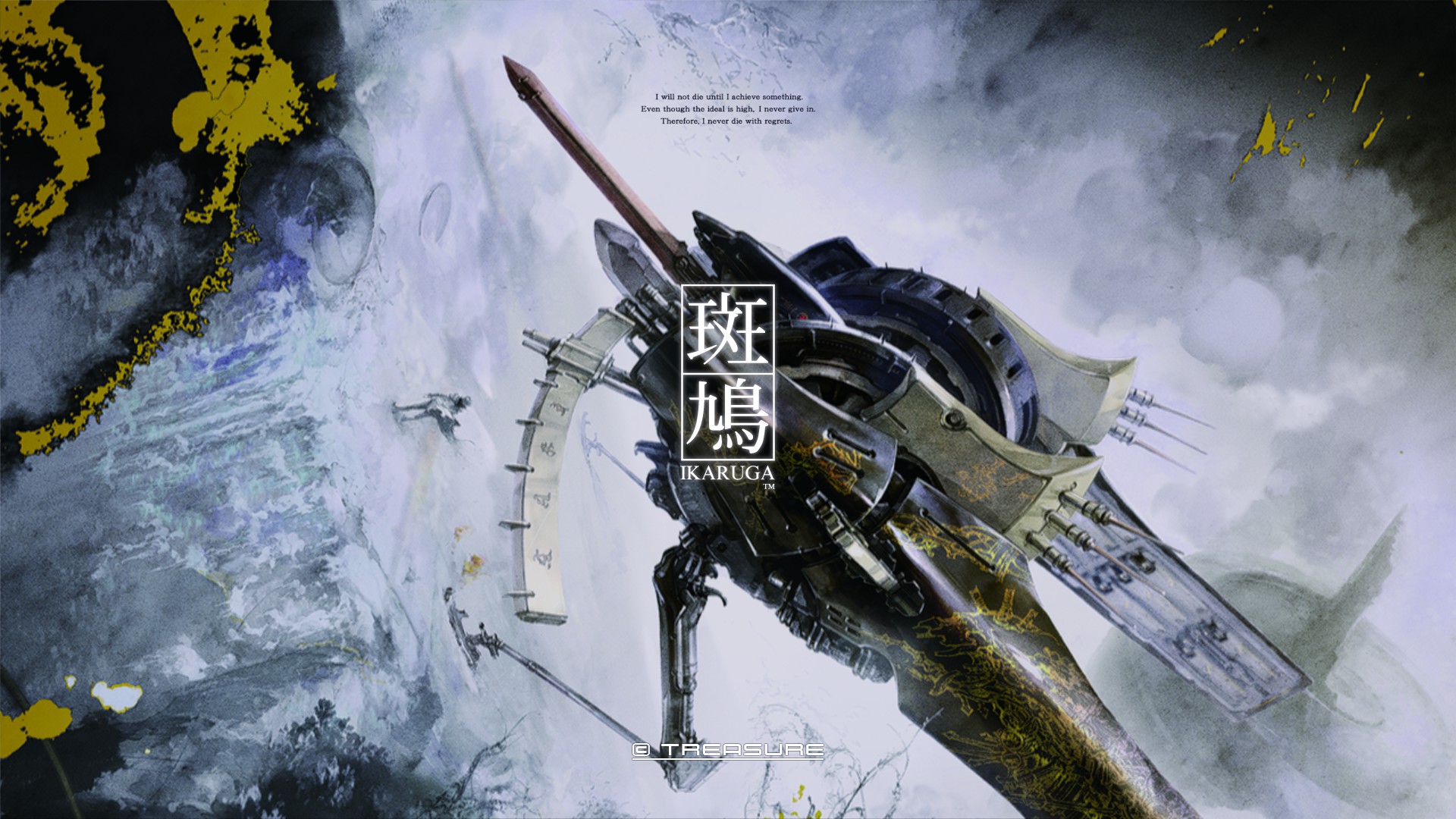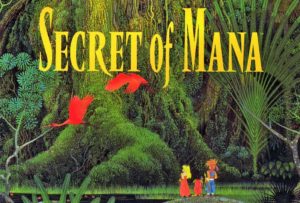“I will not die until I achieve something.
Even though the ideal is high, I never give in.
Therefore, I never die with regrets.”
Watching someone play through Ikaruga (斑鳩) on hard mode without losing a single life is like watching an artist paint a masterpiece.
A spiritual sequel to Treasure’s Radiant Silvergun (it became known as Project RS2, incorporating similar concepts), Ikaruga hit the arcades in Japan at a time when Sony was leading with the PlayStation 2, Microsoft had just entered the market with the Xbox, Nintendo had launched their Gamecube, and Sega were struggling with the Dreamcast. 15 years on, and given its release on Xbox Live and Steam, Ikaruga is a title that is still talked about and played today, infuriating a new generation of gamers.
Ideal
These days a number of big budget video games are released with huge fanfare and hype, only to find their way in the bargain bin the following year. Ikaruga was a slow-burning word-of-mouth sensation. An unforgiving example of bullet hell shoot-em-ups, its mechanics and philosophies challenges players to think, rather than just hold their thumb down on the fire button shooting everything in sight. And to those of you that play nothing but FIFA and Call of Duty, congratulations on making it this far.
With shades of old-school shoot-em-ups from yesteryear, the game is stripped down to the basics. At just 18 MB in size, it has a beautiful 2.5D look to it. There are only five levels, and with the exception of your power gauge, there are no special weapons or pick-ups either. Shoot-em-ups always involve shooting and dodging, but the stroke of genius at the core of Ikaruga is the polarity system.
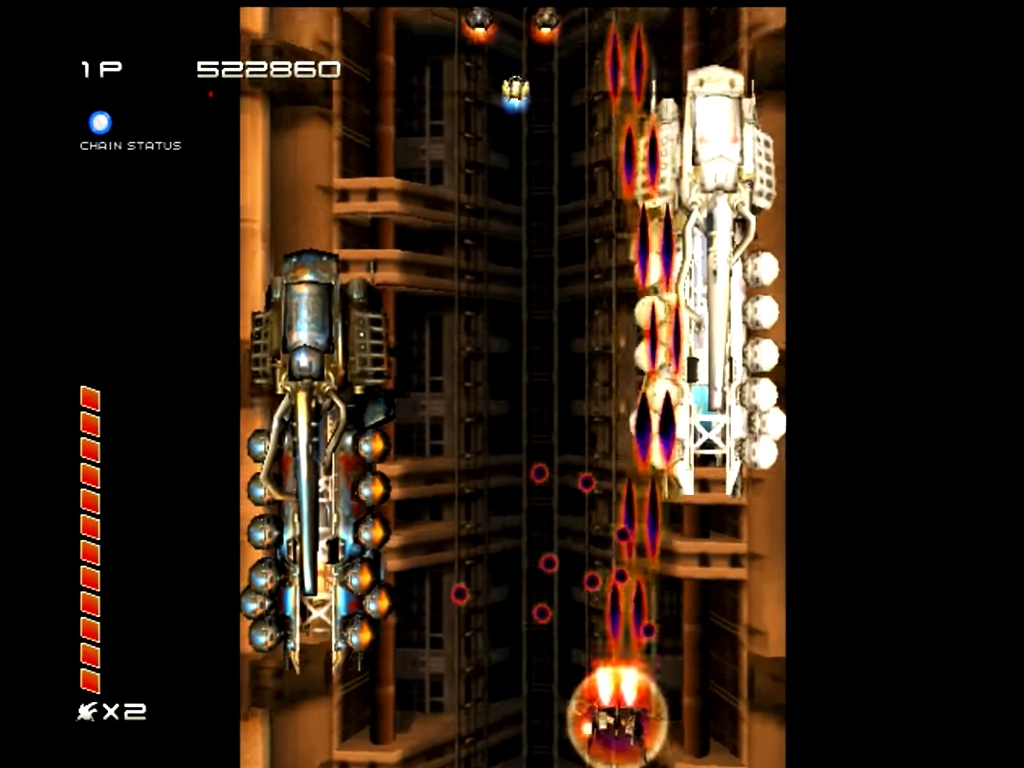 |
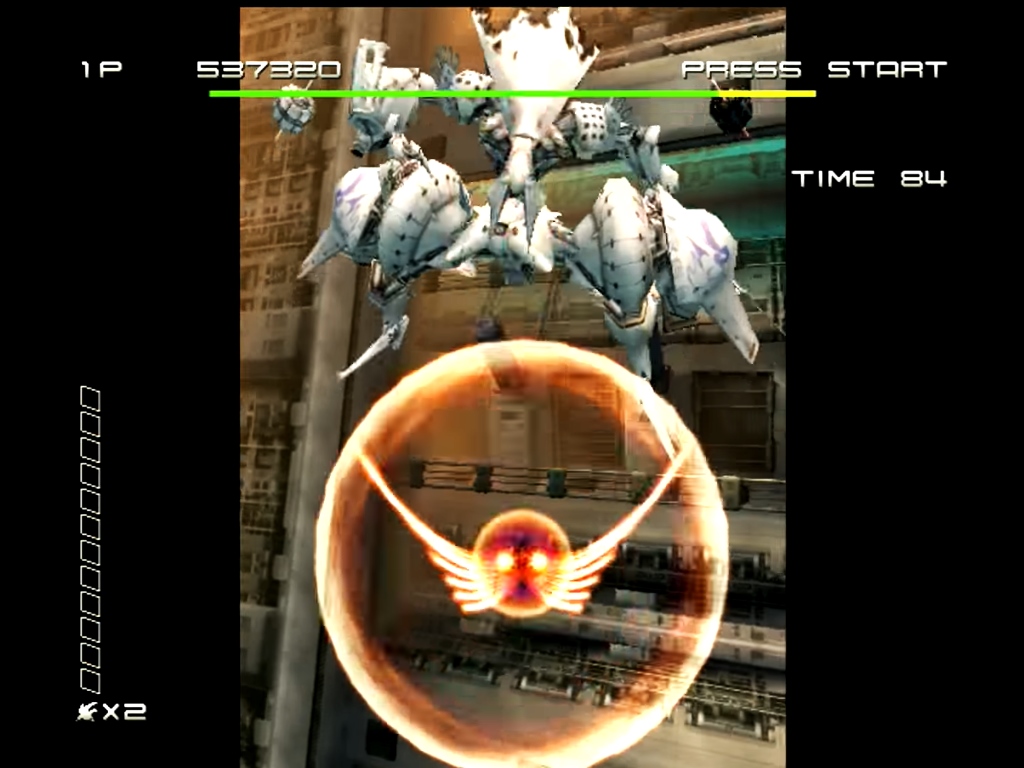 |
You pilot the Ikaruga, a fighter plane that can switch between the two black and white polarities at any time. A simple button press allows you to change your ship’s colour to black or white. When your ship is white, you can shoot white bullets and absorb white bullets fired by the enemy. If you are hit by a black bullet when white, then you will lose a life (the opposite applies when your ship is black). Absorbing enemy bullets also allows you to build up a power gauge, which can be fired to release homing lasers.
Since enemies also have black and white polarities, if your ship is white and you shoot an enemy that is black then your bullets will cause twice as much damage (and vice-versa if your ship is black and you shoot white enemies). To make matters more maniacal, you will come across bosses that will shoot bullets of both colours. Ultimately you decide the balance between offence and defence. Risk and reward.
With a brutal learning curve, Ikaruga is not easy. During your first few runs, you will die… a lot. And you are likely to continue dying during your next hundred playthroughs. Weaving in and out of an onslaught of bullets of both colours as you quickly change polarity in an effort to stay alive can get pretty frantic. It can also leave you enraged as you lose another life. Then you reach Chapter 4, and the difficulty spike will probably make you scream.
As you play, you soon learn that it’s not just about shooting absolutely everything. Shoot three enemies of the same colour in a row then you will start a chain bonus. Shoot another three of the same colour and your score will double. If you want to achieve a high ranking, then this is where you better hope that your memorisation skills can remember more than just your shopping list. You can also try and complete the game without firing a single shot.
Trial
The development team on Ikaruga was small, with the game largely attributed to four people. Directed by Hiroshi Iuchi (who also composed the music), he had worked on the likes of Gunstar Heroes and Sin and Punishment, as well as directing Radiant Silvergun. He worked alongside co-director and main programmer Atsutomo Nakagawa. Yasushi Suzuki designed the artwork, characters and objects, while Treasure’s CEO, Masato Maegawa, was the producer.
In an interview with Maegawa (translated by Shmuplations), conducted just a few months before Ikaruga was released in the arcades, he said, “What test players have found difficult about Ikaruga, by the way, is not that it requires amazing reflexes for bullet dodging. They find it difficult because of the polarity system, which means you have to use your head.”
He noted how many people called it “difficult”, because it was a type of game that hadn’t been seen before. “With games that you can clear by reflexes alone, everything turns on how well the pacing and difficulty are balanced,” said Maegawa. “But with a game like Ikaruga that requires thinking and strategy to clear, if we make it too easy then it defeats the whole purpose of it being a fun puzzle to solve.” He also added that during location tests for the game, opinions were divided, saying, “there were many people who just couldn’t get into the system.”
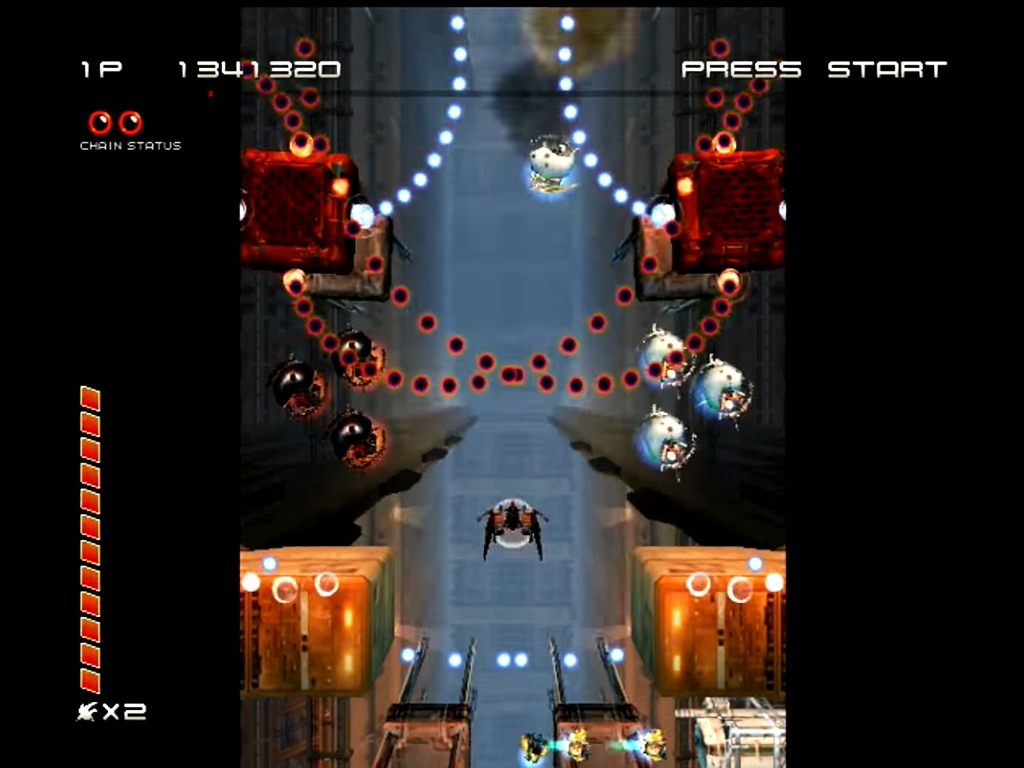 |
 |
In an interview with director Iuchi (translated by Shmuplations), he revealed that both he and programmer Nakagawa started working on the game during the middle of developing Sin and Punishment, putting together a prototype during their time off. Inspired by Shinrei Jusatsushi Taromaru (Psychic Killer Taromaru) on the Sega Saturn, which Iuchi worked on as a graphical designer, he said how he wanted to make a game where players could “reflect enemy attacks, or absorb enemy attacks and build up your power.”
“The very first thing we decided on was the black/white affinity system,” said Iuchi. “The first prototype version was very different. It had the black/white system, but it was a system where you had to absorb enemy bullets: your own ammo stock was refilled by absorbing enemy fire. However, the major drawback of this system was that there were pauses in between your firing whenever you ran out of ammo.”
After working with programmers and stripping away a few other twists (even removing a system where absorbing bullets lowered the power of your weapon), Iuchi had a version of Ikaruga that he was happy with.
Faith
Not everything in Ikaruga is simply black and white. You could play the game without having to delve further into it, but doing so offers a rich story.
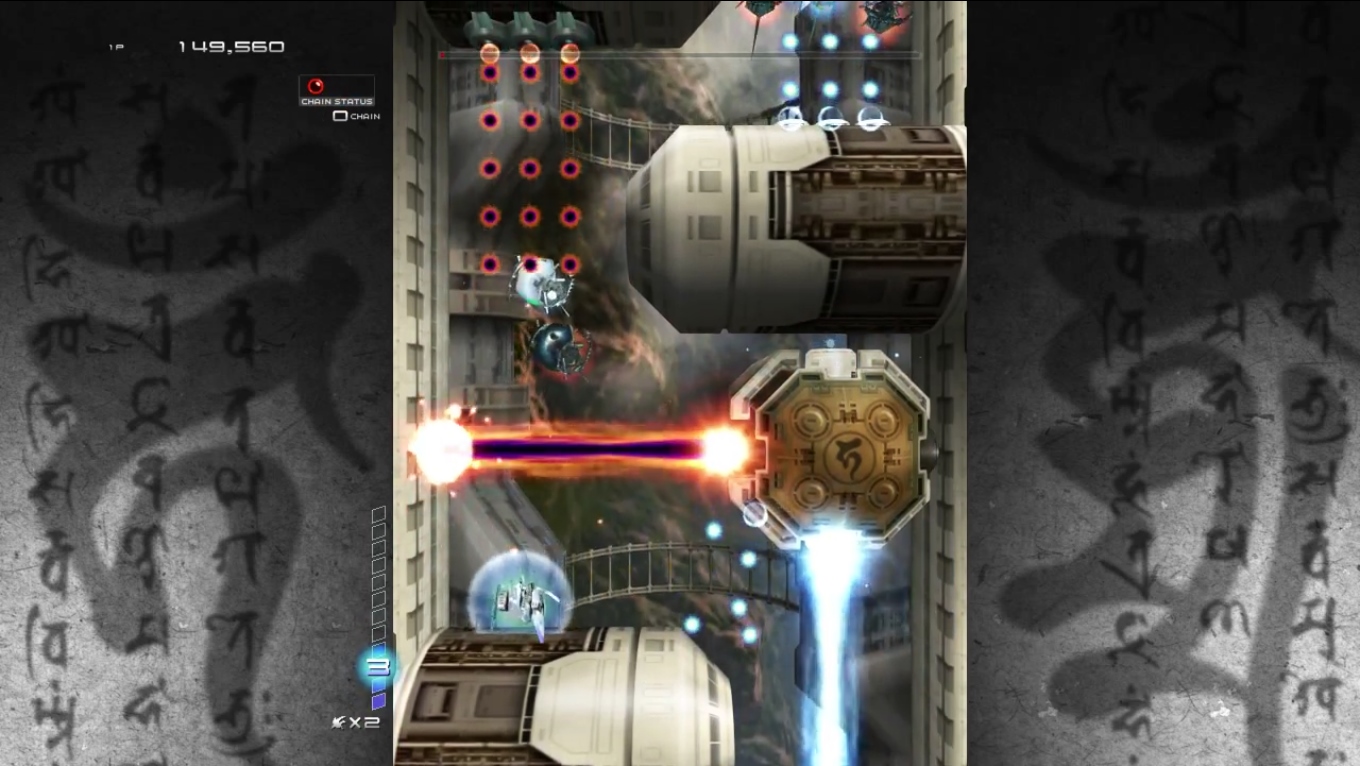 |
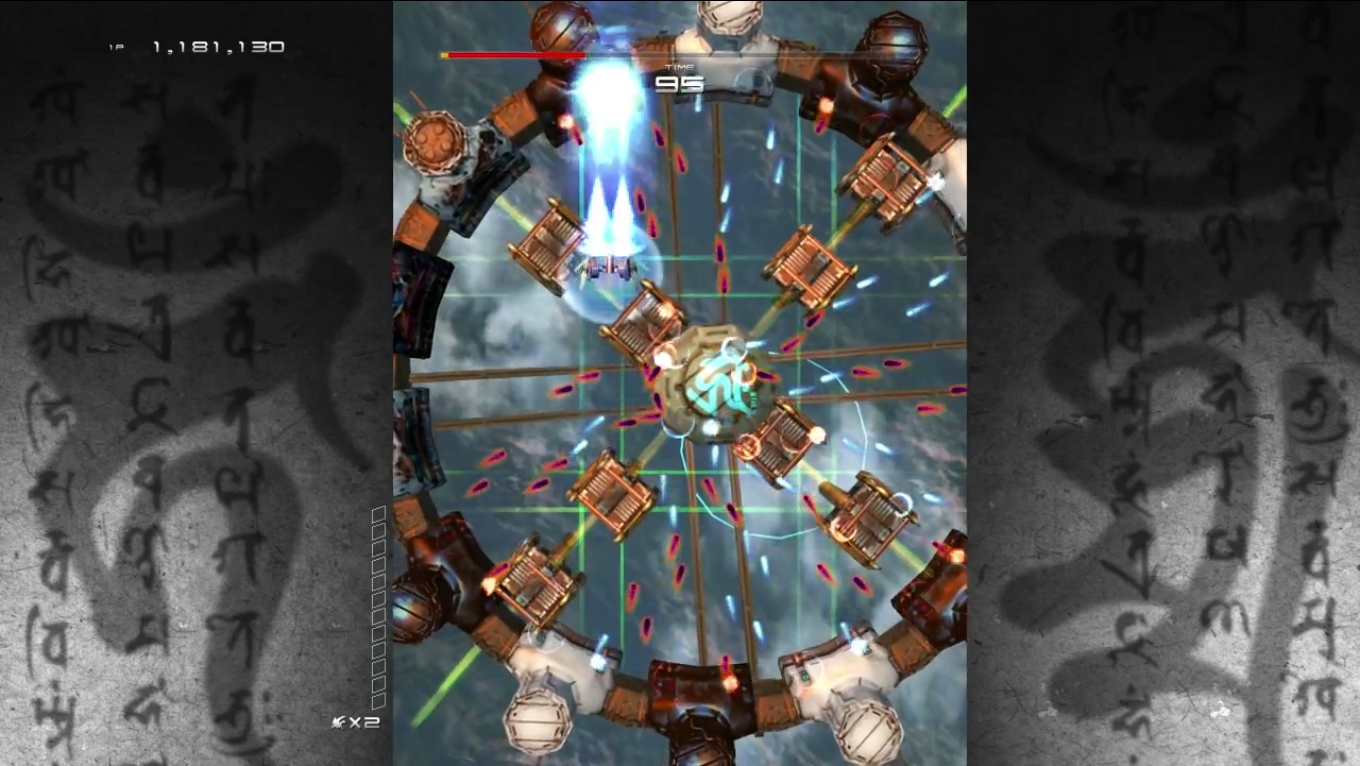 |
You take control of Shinra, a survivor of the freedom federation that fought against Tenro Horai; a ruler who dug up the ‘Power of the Gods’ and used it to conquer other nations. After piloting his Hitekkai only to be shot down a second time, Shinra crashes in the remote village of Ikaruga. He is pulled from the wreckage and nursed back to health by the elderly people who had been forced into exile there. After regaining his strength, Shinra is determined to stop the Horai army. So the villagers entrust him with a fighter plane that they built themselves, named the Ikaruga.
If you play 2-player than you are also introduced to Kagari, a mercenary of the Horai army who was shot down by Shinra. He spares her life; the result of which causes her to switch sides and fight alongside Shinra in her own ship, the Ginkei.
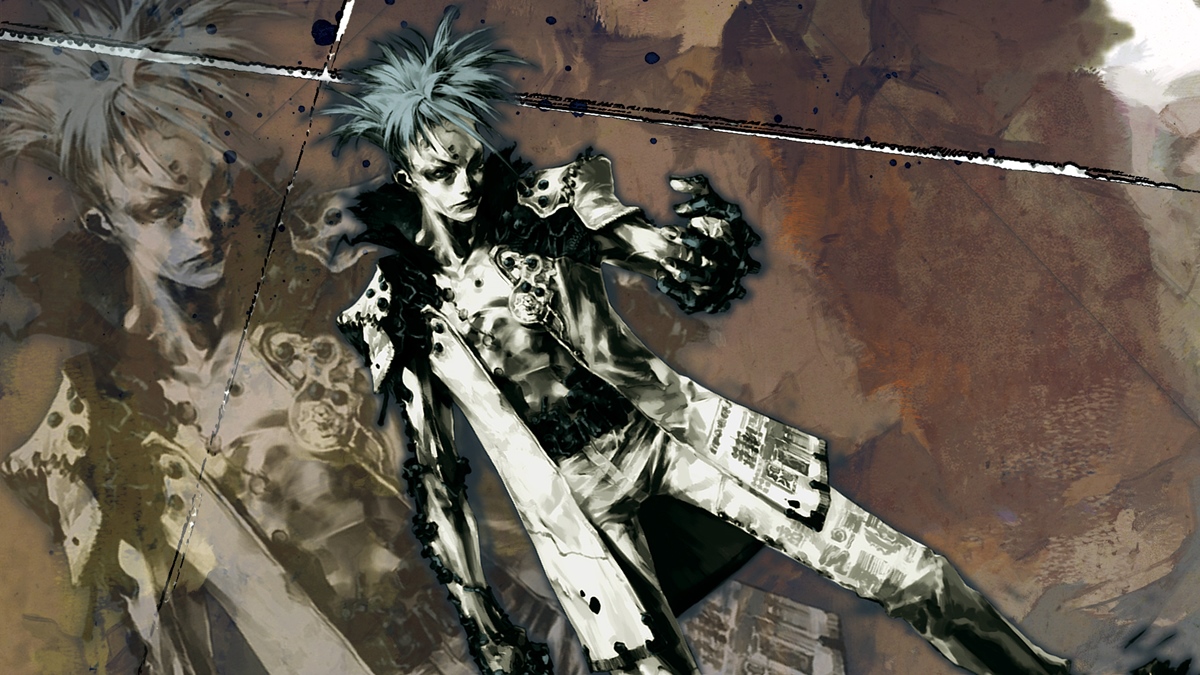 |
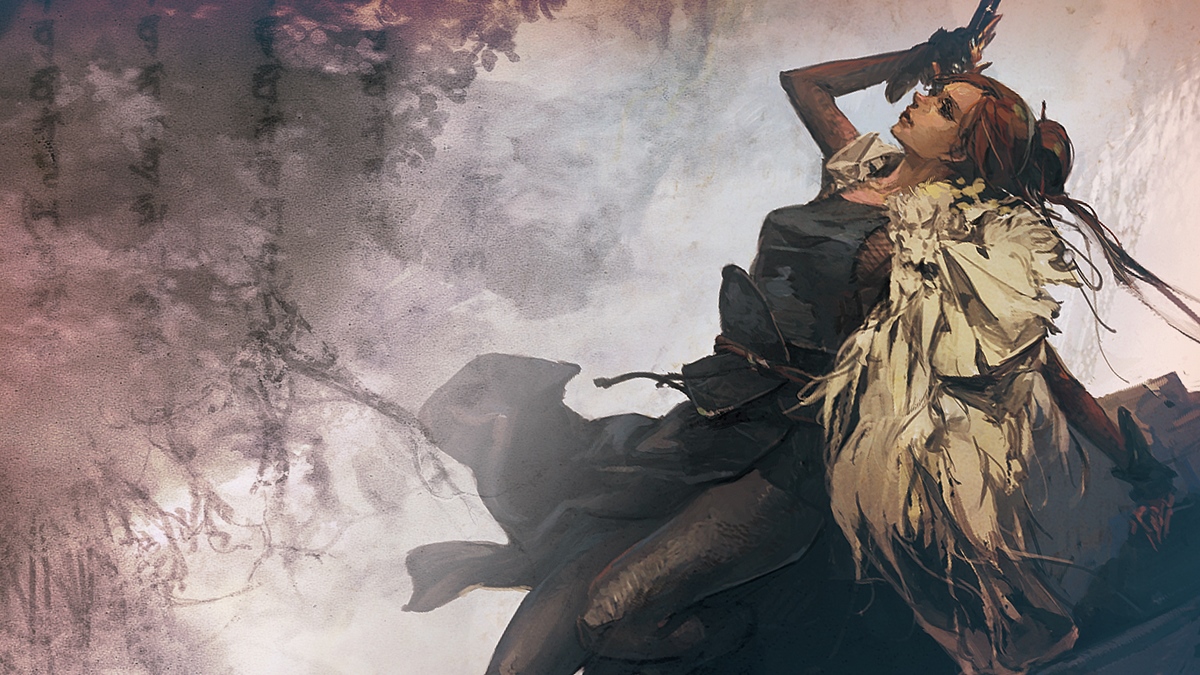 |
As well as the names of each ship, note the names of each chapter; Buddhist symbolism representing man’s path to enlightenment. There are also the quotes that appear momentarily when you begin each chapter, foreshadowing what is to come. Then there is the Yin and Yang duality. There is no one way to complete the game. Only with the equal balance of two opposing polarities can you truly succeed.
Reality
Ikaruga launched on Sega’s NAOMI arcade system in Japan on 20 December 2001. It arrived on Sega’s Dreamcast the following year in September 2002, even though the console had already been discontinued by Sega at this point. So the game saw a very limited release (apparently just 50,000 copies). This version supposedly sold out very quickly, as some were expecting to make a Radiant Silvergun sized investment. Famitsu scored the game 36 out of 40. Edge magazine also reviewed the Dreamcast version, calling it, “a potent, unforgiving, stunning, dramatic and overall monstrous number,” awarding the game eight out of ten.
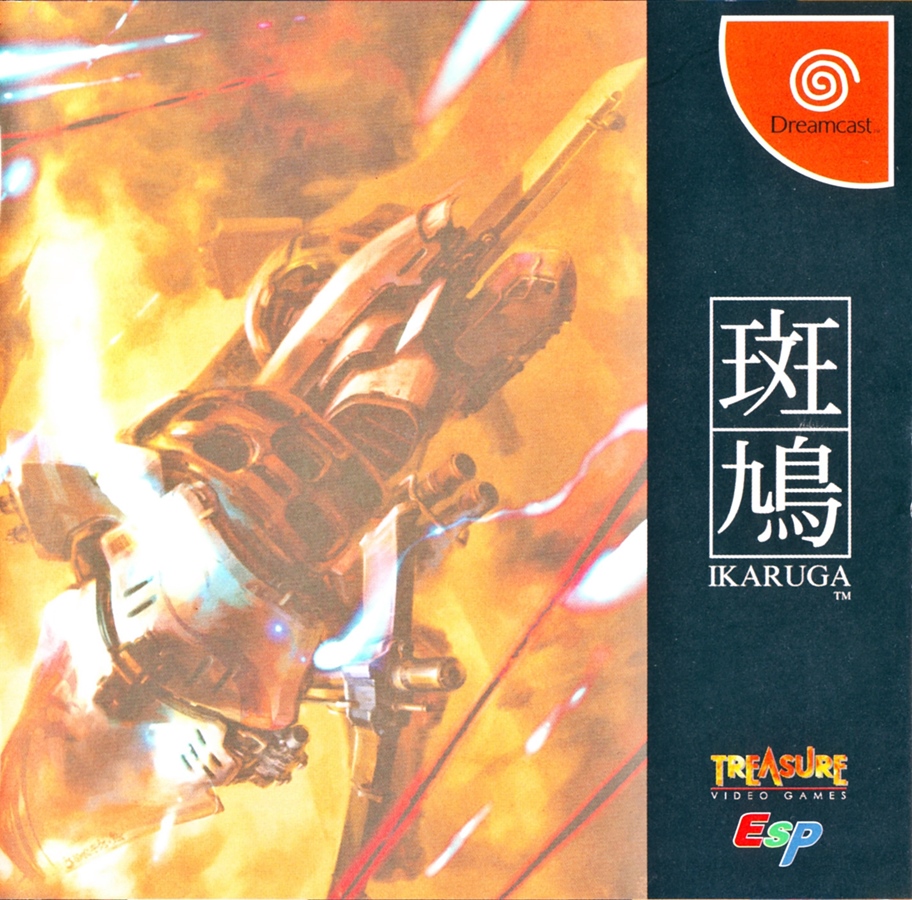 |
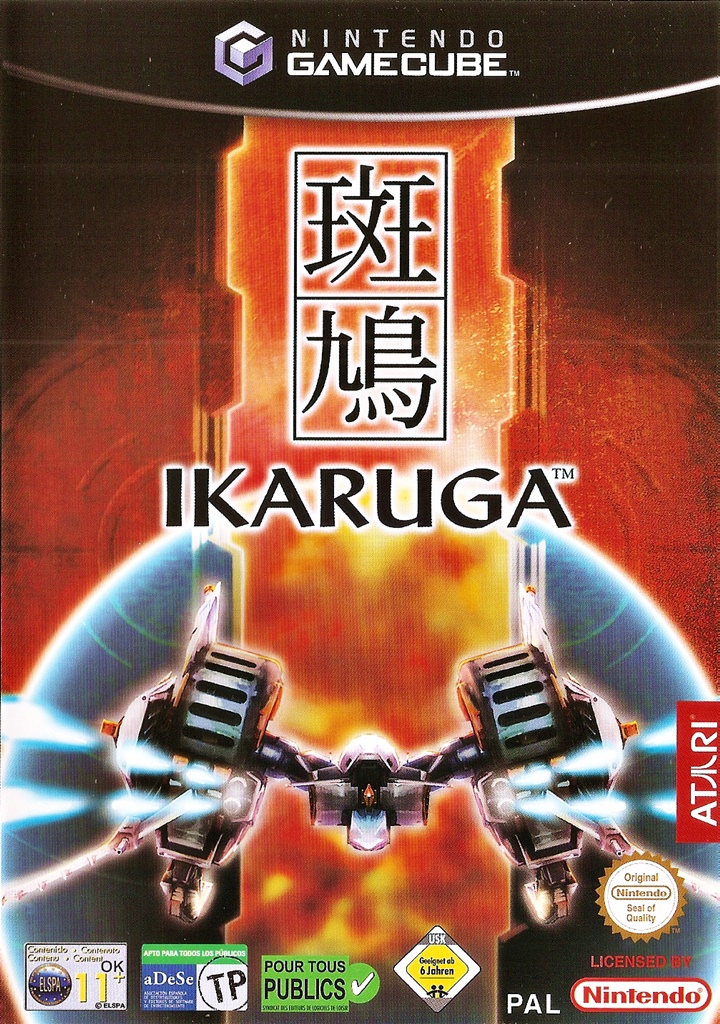 |
It wasn’t till 2003 when the game finally reached the US and Europe, published by Atari on Nintendo’s Gamecube. NGC Magazine awarded this version 85 out of 100, calling it “one of the most expertly crafted examples of a creaky old genre.” According to VGChartz the Gamecube version sold 90,000 copies worldwide. This release also saw Atari set up a net ranking website. Players could register their high score on www.ikaruga-atari.net, competing with fans around the world. Unfortunately, the site only lasted for about a year.
It was eventually released on Xbox Live Arcade in April 2008 with an HD makeover and a few minor (but noticeable) differences to the gameplay, be it the placement of enemies and the rotation of enemy fire. In February 2014 it arrived on Steam. In an interview with Famitsu, Maegawa was questioned about bringing the game to Steam via its Greenlight program, saying, “I believe that having players decide on what gets distributed is quite a nice system.” He also called it “a good opportunity,” saying, “The reason we chose Ikaruga first is because we feel that it’s one of Treasure’s most popular games.”
Metempsychosis
Ikaruga has made numerous ‘best of’ lists, such as Gamesrader’s 100 Best Games Ever (at number 73), and FACT Magazine’s list of 100 best video game soundtracks of all time (at number 91). Notably, IGN ranked the game as the third best space shoot-em-up, behind Do Don Pachi and Einhander, and it has also made Retro Gamer’s top ten list of best games for the Dreamcast.
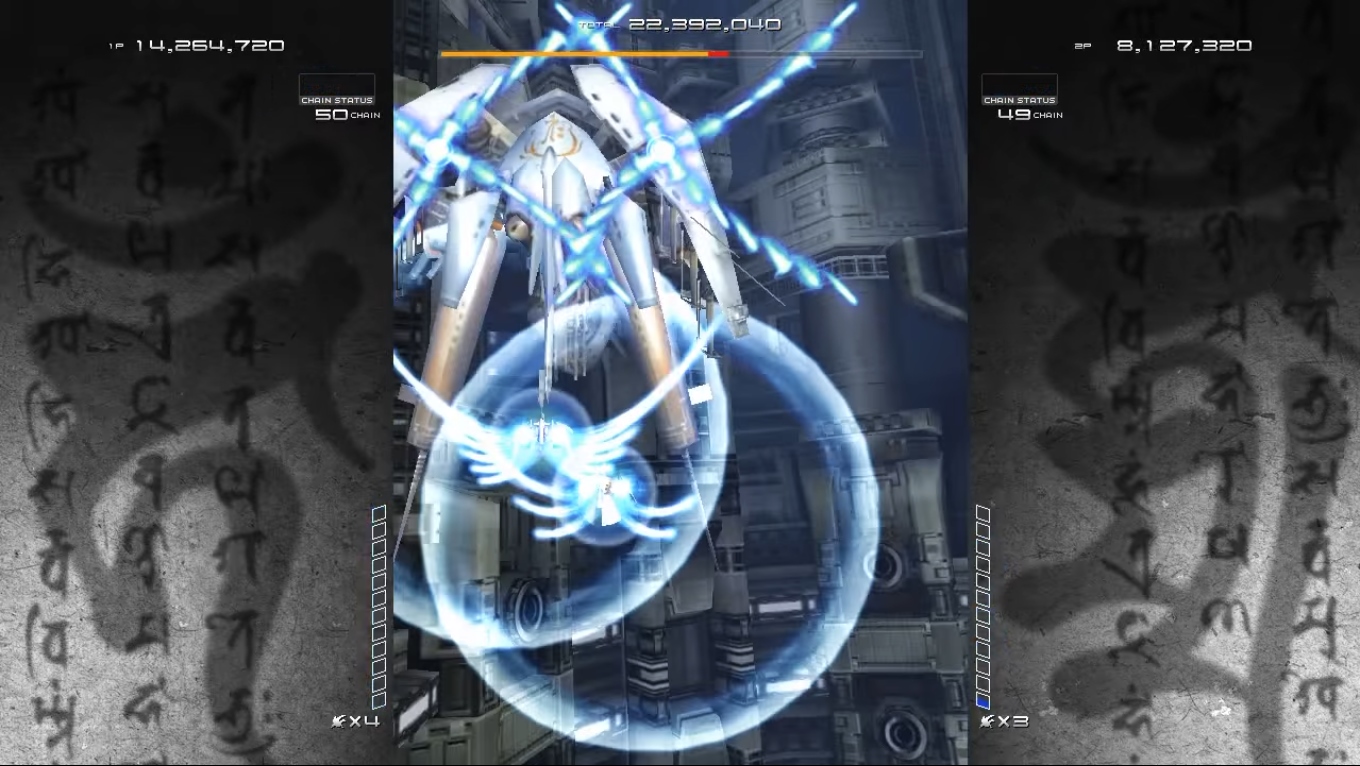
More and more playthrough videos have sprung up on YouTube. If you have never played the game before (or much), then it might not be a good idea to view some of them, for they could leave you feeling demoralised. A particular standout example is VTF-INO playing the arcade version, 2-player, controlling both ships at the same time, which is a whole other level of brilliance and insanity.
15 years on and Ikaruga is not a title that is wallowing in the bargain bin. On eBay the PAL Gamecube version can still go for around £30 – £40, while recent auctions for the original Dreamcast version has seen the game fetch anywhere between £40 – £90 depending on condition. However, its availability on Xbox Live and Steam means that it’s within grasp and waiting for you. Despite the harsh difficulty, you cannot help but return, to give it one more go. Even if you do complete the game, the skill lies in trying to finish that chapter without losing a single life, to try and increase your score just that little bit so you can finally achieve an S rank. Good luck.
Originally published on MyM Buzz on 20 December 2016.
